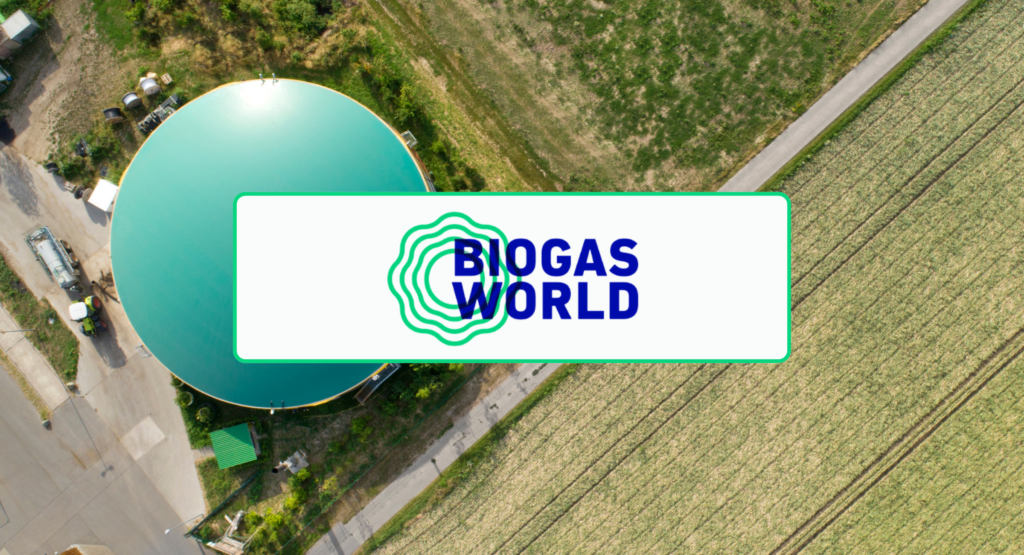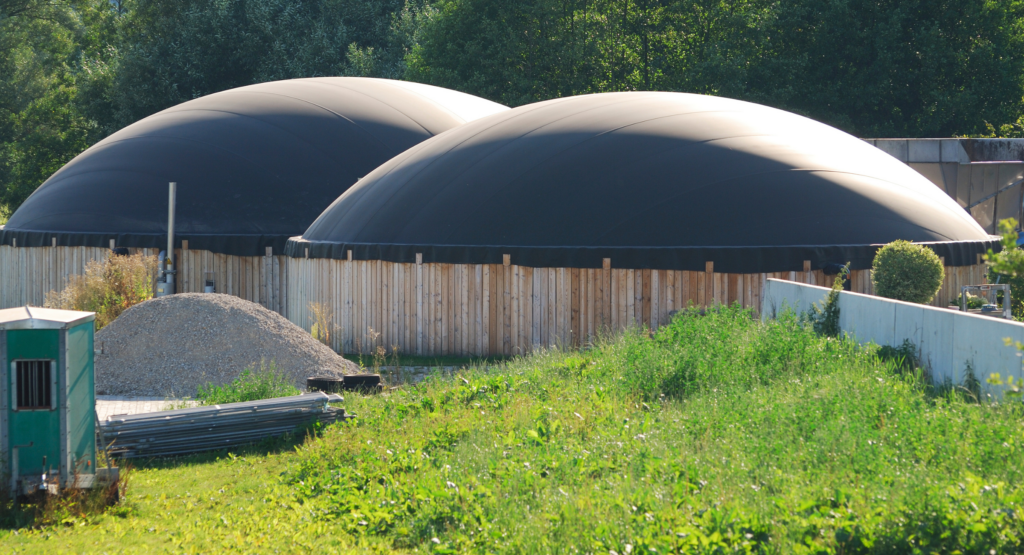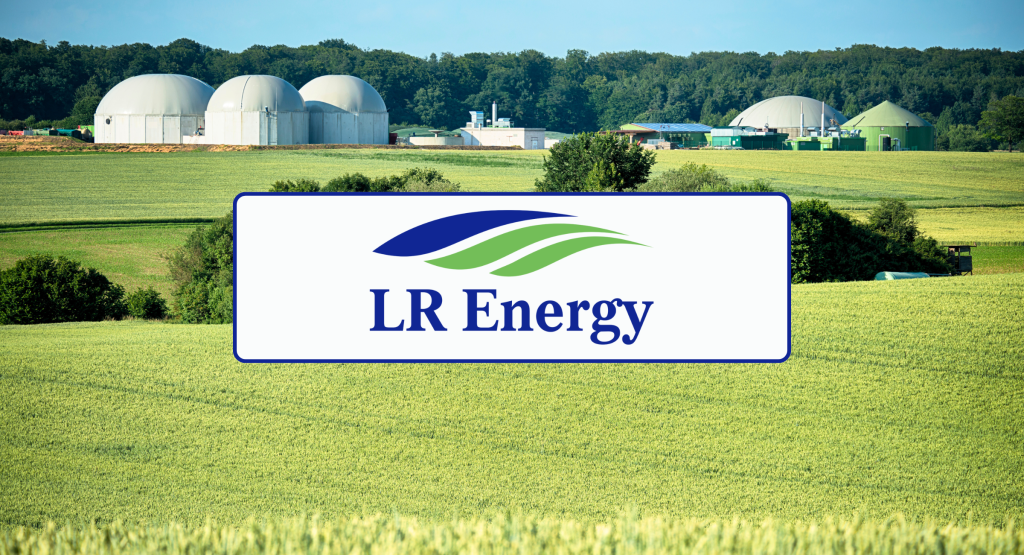Asian Development on the Horizon

Asian Development on the Horizon as Firms look to Establish their Presence in New Markets
By Ryan Hart– Renewable Energy Analyst at BiogasWorld
Introduction
As interest in biogas grows, European and North American suppliers have begun looking to the East to develop the potential of new parts of the world. With over half of the global population and an expansive and diverse agricultural industry, Asia presents an enormous opportunity for feedstock availability, value chain valorization, and energy demand. Biogas systems are not new to this region; some of the world’s first systems were developed in India and China.
Historically, countries in the region have focused on developing individual and community-scale digesters, providing local cooking and heating fuels to rural and otherwise disconnected areas. In 2020, the IEA estimated out of the region’s total biogas output, just 2% was upgraded to biomethane. The region is transitioning from small to large-scale systems familiar to industrialized farms, municipal solid waste, and industrial-commercial-institutional operations in Europe and North America. China and India have the largest share of digesters globally.
China
The Chinese Rural Household Biogas State Debt Project (2003) is responsible for the installation of nearly forty-two million household digesters. The initiative targeted the increase in rural access to heating and cooking fuels. Since its inception, it has come to account for 300,000 TJ of biogas.
By 2018, China was processing nearly double the US’s biomass; however, it was primarily manure and MSW waste. As of 2024, China accounts for approximately 21% of global biogas output and 98.4% of generation from non-OECD countries. The Guiding Opinions on Promoting the Industrialization of Biogas, introduced in 2019, set an ambitious target of 10 billion m3 by 2025, increasing to 20 billion m3 by 2030.
These targets are supported through the 14th Five-Year Plan for Renewable Energy Development (2021-2025), which prioritizes large-scale, engineered projects for grid injection.
To support increased development, a new national standard for plant construction was also introduced in 2022.
China’s enormous agricultural industry remains a significant source of potential, with preliminary estimates placing the biomethane potential from manure and straw at 63 bcm annually.
In recent years, MSW and wastewater have been a significant sector of development as cities attempt to manage their waste more effectively. China’s biogas sector is not the only market that is rising to meet its potential, as India has also made strides forward in recent years.
India
Although its current output is significantly less than China’s, India is still a significant biogas producer. Over the next two decades, India is expected to account for 25% of global energy demand growth.
With energy poverty affecting up to 65% of the population (in 2020), particularly in rural areas, the need for effective and efficient energy infrastructure is growing.
India boasts an enormous number of small and medium-scale digesters, estimated at 5 million, which focus on providing remote/ rural areas with cooking and heating fuel.
In 2023, over 12,000 new systems were installed. India produces 160,000 metric tons of solid waste each day in its populous urban centres. In addition to the demand for energy, waste generation is also expected to increase fourfold over the next two decades.
To meet its growing energy demands, in 2019, India set forward a target of 5,000 new biomethane projects (referred to as compressed biogas/ CBG in India) over the next 5-years. To assist in funding and developing CBG projects, the Indian government established the GOBAR-dhan initiative.
There are over 2,200 facilities registered on the GOBAR-dhan portal, 1,400 biogas and 800 CBG, of which nearly 1,000 biogas and 100 CBG facilities are listed as functional. India is estimated to have a production potential of 62 MMT of CBG. Much of this potential comes from its substantial agricultural output and a solid waste industry that boasts a collection rate of over 95% in major urban areas.
Although the initial deadline for its industry targets was not realized due to several challenges, it remains a target the Indian government is still pursuing.
To aid industry growth, the government has introduced blending targets for the transportation industry, and Indian auto manufacturers have begun producing motorcycles powered by CBG engines.
The Indian government is also creating demand through organic fertilizer assistance programs, recognizing digestate’s potential to meet the country’s growing demand for fertilizing products.
The Indian government is laying the groundwork to support more extensive facilities, assisting regions with waste management and energy needs, and valorizing all value chain components.
The advanced economies of East Asia have also forwarded new targets to increase their biogas outputs and reduce their dependence on foreign energy imports.
South Korea
In South Korea, approximately 370 million Nm3 of biogas is produced across 110 facilities (as of 2022), with most biogas currently directed for direct use and power generation.
The country aims to treat 5.57 million t/y of organic waste and generate 500 million Nm3/yr biogas by 2026. To increase biogas use, the government has added regulations requiring commercial food operators and agricultural entities over a specific size to collect and process st least 50% of organic wastes for biogas production by 2034, increasing to 80% by 2050.
Taiwan
In Taiwan, the increase in biogas production and use is signalled within the government’s energy transition strategy. The government has set a target of 60-70% renewable energy by 2.050, of which 1.4-1.8 GW is planned to originate from bioenergy. To meet this goal, Taiwan intends to use its estimated potential biomass supply of 20 million tons/y.
Japan
Japan is also looking to increase its biomethane production and consumption to reduce its reliance on foreign fossil fuels. In 2023, the country reached 108 MW of generation, up from just 15 MW a decade earlier. In addition to expanding domestic production, Japanese companies are exploring the possibility of importing biomethane. The transportation market is eagerly growing in the country, with significant auto manufacturers (Toyota, Suzuki, & Nissan) collaborating to develop biomethane engines and targeting the joint release of biomethane vehicles by 2025.
Southeast Asia
Represented by the Association of Southeast Asian Nations (ASEAN), has set forth plans for developing its biogas potential.
Although it currently possesses a modest 1 GWh of biogas capacity, the ASEAN Centre for Energy has argued the region could increase this by several orders of magnitude. This stems from the region’s enormous palm oil industry and the gas potential of palm oil mill effluent (POME). For example, one tonne of POME has the potential to generate 28m3 of biogas.
Notable countries include Indonesia and Malaysia which have an estimated potential of 95 and 60 million tonnes (respectively).
Singapore
In Southeast Asia, Singapore is leading the way in managing MSW and wastewater streams. Singapore has long developed innovative and effective solutions for managing its geographically small island.
Circular economy goals fit squarely into the nation’s plans to more efficiently manage waste and reduce materials sent to landfills. Anaerobic digestion technology has been employed for the management of food and wastewater, with energy produced used directly to power operations.
Across the remainder of the region, countries with strong agricultural sectors dominate much of the discussion on biogas development such as Indonesia, Malaysia, and Thailand. The ASEAN Centre for Energy has shared growth targets for the countries: 810 MW in Indonesia, 1,065 MW in Malaysia by 2025, and 5,570 MW of capacity in Thailand by 2036.
To achieve these targets, the organization has argued many industry development barriers will need to be overcome, including a lack of pipeline connectivity, making already remote agricultural feedstocks more inaccessible, and few regulations, combined with an unwillingness to pay for fossil fuel alternatives.
A supportive regulatory environment is required to aid firms in the region in meeting these targets; a move governments have already begun to signal; for example, the development of biogas is identified within Malaysia’s 2023 National Energy Transition Roadmap.
Thailand
In the north of the bloc, Thai policy has focused on managing wastes from its cassava starch and pig industries.
Although slower to start compared to other Asian economies, biogas development within the ASEAN region is likely to hasten as countries develop strategies for managing POME wastes and pursue all available avenues for domestic energy generation.
Conclusion
Asia is an enormous market, ready to increase the scale of its biogas industry. Small and medium-scale digesters for cooking, heating, and electricity are likely to remain the systems of choice for remote areas with low pipeline connectivity. Large-scale agricultural operations, food processors, and municipal waste and sewage operators will likely pursue systems that upgrade and utilize biomethane.
Fortunately, many experienced developers and equipment suppliers are active across the region and ready to lend their support.
For more information, read our Asia Biogas Magazine.






Comments